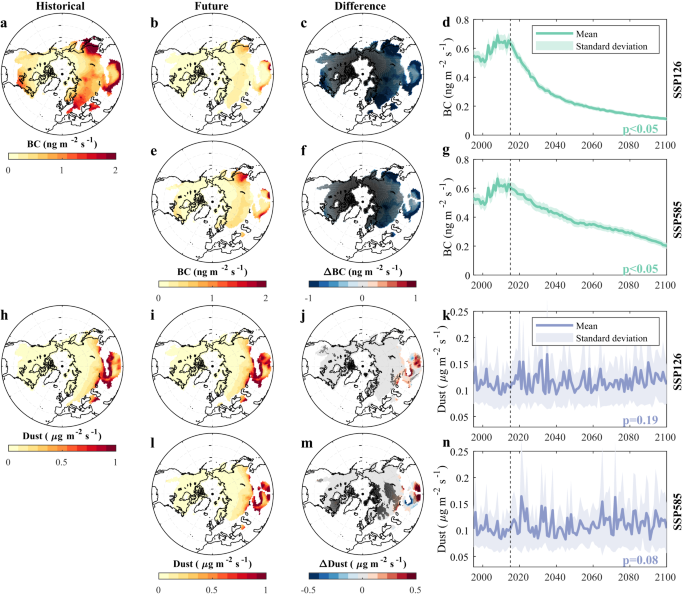2023-10-12 タフツ大学

A breath sensor device created using hybrid silicon-silk transistors can rapidly and accurately track breathing patterns in real time. “This opens up a new way of thinking about the interface between electronics and biology, with many important fundamental discoveries and applications ahead,” says Fio Omenetto. Photo: Courtesy of Silklab
◆この技術を応用すれば、心血管疾患や睡眠時無呼吸を検出する装置、呼気中の二酸化炭素などを検出する装置、血漿を使用して酸素供給やグルコース濃度を測定する装置などが開発可能です。
◆このバイオロジカルトランジスタは、デジタルコンピューティングの2進表現に限定されない変動情報の処理を可能にし、AIのニューラルネットワークのように動作するマイクロプロセッサの可能性を示唆しています。
◆研究チームは、さらなる応用と基本的な発見が期待される新しいエレクトロニクスと生物学のインターフェースを開拓しました。
<関連情報>
- https://now.tufts.edu/2023/10/12/hybrid-transistors-silk-protein-set-stage-integration-biology-and-microelectronics
- https://onlinelibrary.wiley.com/doi/10.1002/adma.202302062
ダイナミックに再構成可能なナノスケールの生体高分子界面に基づくハイブリッド薄膜トランジスタのバイモーダルゲーティング機構 Bimodal Gating Mechanism in Hybrid Thin-Film Transistors Based on Dynamically Reconfigurable Nanoscale Biopolymer Interfaces
Beom Joon Kim, Giorgio Ernesto Bonacchini, Nicholas A. Ostrovsky-Snider, Fiorenzo G. Omenetto
Advanced Materials Published: 28 August 2023
DOI:https://doi.org/10.1002/adma.202302062
Abstract
In recent years, increased control over naturally derived structural protein formulations and their self-assembly has enabled the application of high-resolution manufacturing techniques to silk-based materials, leading to bioactive interfaces with unprecedented miniaturized formats and functionalities. Here, a hybrid biopolymer–semiconductor device, obtained by integrating nanoscale silk layers in a well-established class of inorganic field-effect transistors (silk-FETs), is presented. The devices offer two distinct modes of operation—either traditional field-effect or electrolyte-gated—enabled by the precisely controlled thickness, morphology, and biochemistry of the integrated silk layers. The different operational modes are selectively accessed by dynamically modulating the free-water content within the nanoscale protein layer from the vapor phase. The utility of these hybrid devices is illustrated in a highly sensitive and ultrafast breath sensor, highlighting the opportunities offered by the integration of nanoscale biomaterial interfaces in conjunction with traditional semiconductor devices, enabling functional outcomes at the intersection between the worlds of microelectronics and biology.



